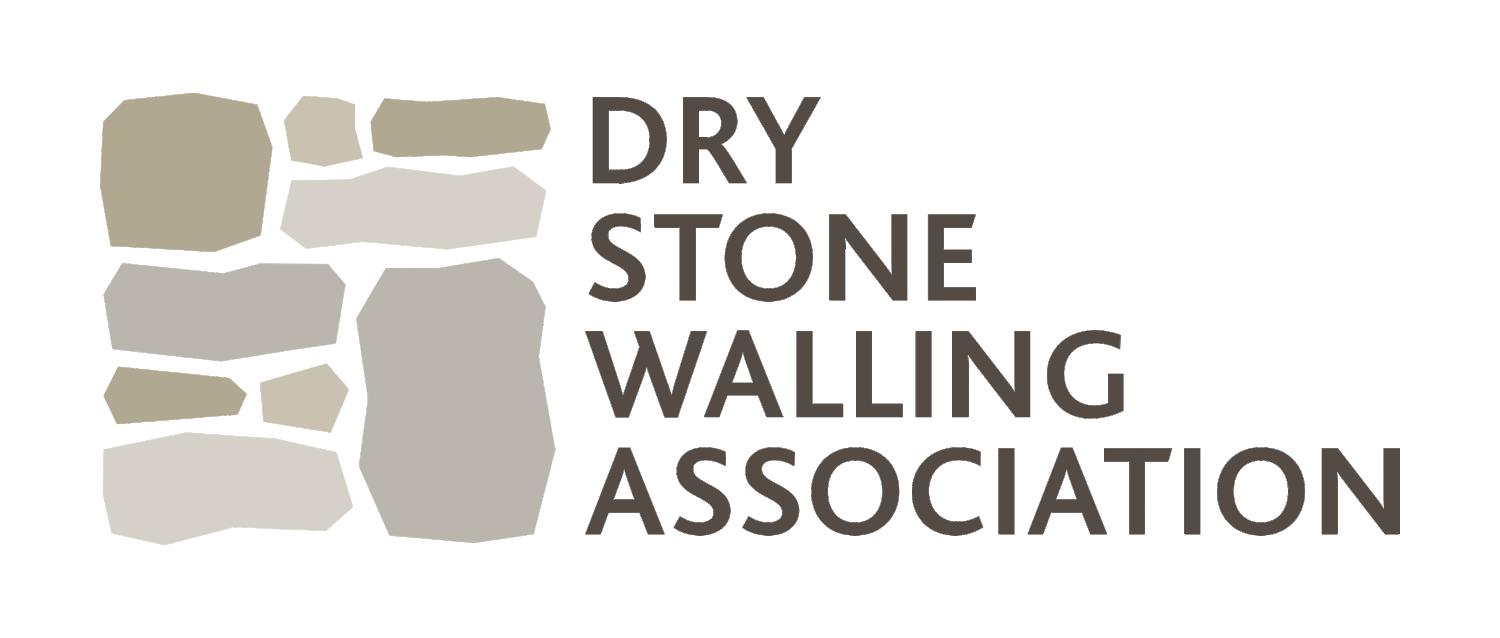A Brief History
Brief history of dry stone walling in Scotland
To build in dry stone, three things are needed – a supply of accessible stone, a workforce to build with it and a settled place in which to build. Field clearance stone alone was used until the practice of quarrying developed, much later, and when stone buildings began to be built these required the best stone. Dry stone work is more easily, cheaply and quickly built in comparison.
World-wide, most places with reasonably available stone have built dry stone constructions. The earliest Scottish example is the Maes Howe monument in Orkney (around 3,000 BC). Orkney again has revealed the large settlement at Ness of Brodgar (3,000 BC), first excavated in 2003. Also in Orkney is the late Neolithic village of Skara Brae (c 2,000 BC). All these have survived to give evidence, mostly thanks to radio carbon-datable finds on site.
Skara Brae, Orkney
It’s not known whether there were teams of itinerant, specialist builders involved here, or simply skilled local populations. What impresses a modern waller/ dyker is to see the engineering skills revealed, familiar techniques used, the quality of build, and the organisation of large and important projects. Scarcement foundations, corbelled roofs, covered joints, building in level courses, well-supported lintels can be seen in a wide range of prehistoric builds, and have survived in the far north partly due to relatively low population density and the presence of vast amounts of usable stone.
With the rest of the UK we share hill forts, burial cairns and many field boundary walls. Some prehistoric constructions are commoner in Scotland. Souterrains, underground roofed passages probably used for storage, are found in Ireland, Cornwall and Scotland, some built with stone slabs rather than constructed stone. There are several, dating from around 100-300 AD, in Perthshire and Angus.
A Souterrain at Tealing Earth House in Angus
A monument unique to Scotland is the broch, a double-skinned tower – only one, on private land and much deteriorated, in Tayside, but there are many in the north and west, and a few in the Borders region. They date from around 100 AD, and show advanced construction skills. It’s said that at one time Scottish tenant farmers were charged a higher rent if there was a broch on their land; this was as valuable as having one’s own quarry.
Organised enclosure of Scottish fields began in the early eighteenth century. Dry stone field walls are hard to date, as rebuilding and repairing had been done for centuries by farm labourers during the winter months. The twentieth century brought to Scotland tarmac roads, readily available post-and-wire fencing and many fewer agricultural workers on our farms. Two world wars, increased social mobility and progressively mechanised agriculture hastened the loss of labour. The second half of the century revealed many miles of neglected walls, very few of them stock-proof.
We still repair field walls, but the greatest growth has been in awareness of the skills in building and the heritage significance of stone. The DSWA was formed in 1968 to retrieve heritage and revive skills. Over 1000 members world-wide enjoy walling, either for a hobby or for a living. Conservationists value dry walls. Landscape artists have re-discovered the beauty of stone. Publicly and privately, it has become a symbol of prestige and continuity.
Further reading:
Dry Stone Walls, The National Collection
A useful book with good photographs of walls built by members from all the DSWA branches in the UK, showing their traditional styles and local stone
DSWA, 2002, £5.50 + p & p
Scotland, an Archaeological Guide
A sound general guide by region, with OS grid references, good on access. Black & white illustrations and photographs; dry stone work features as a briefly mentioned aspect of significant monuments.
Euan W. MacKie, Faber and Faber Limited, 1975 available from AbeBooks and on Amazon
Irish Stone Walls
The author is a qualified stonemason and enthusiastic expert on dry stone and mortared walls.
Patrick McAfee,The O’Brien Press Ltd, 2011, available on Amazon




